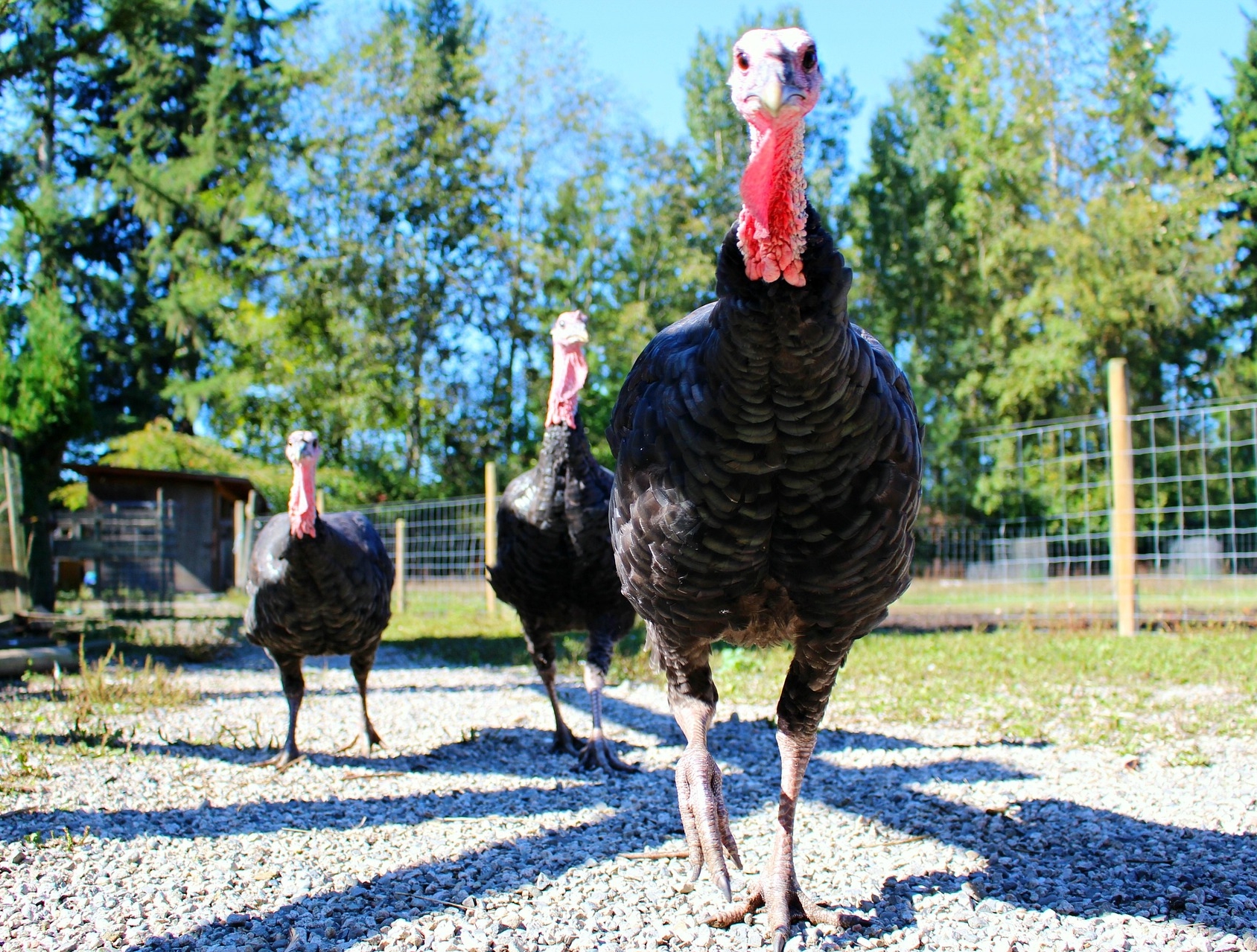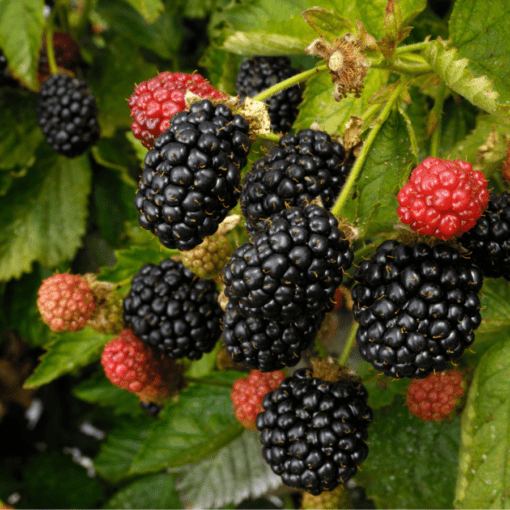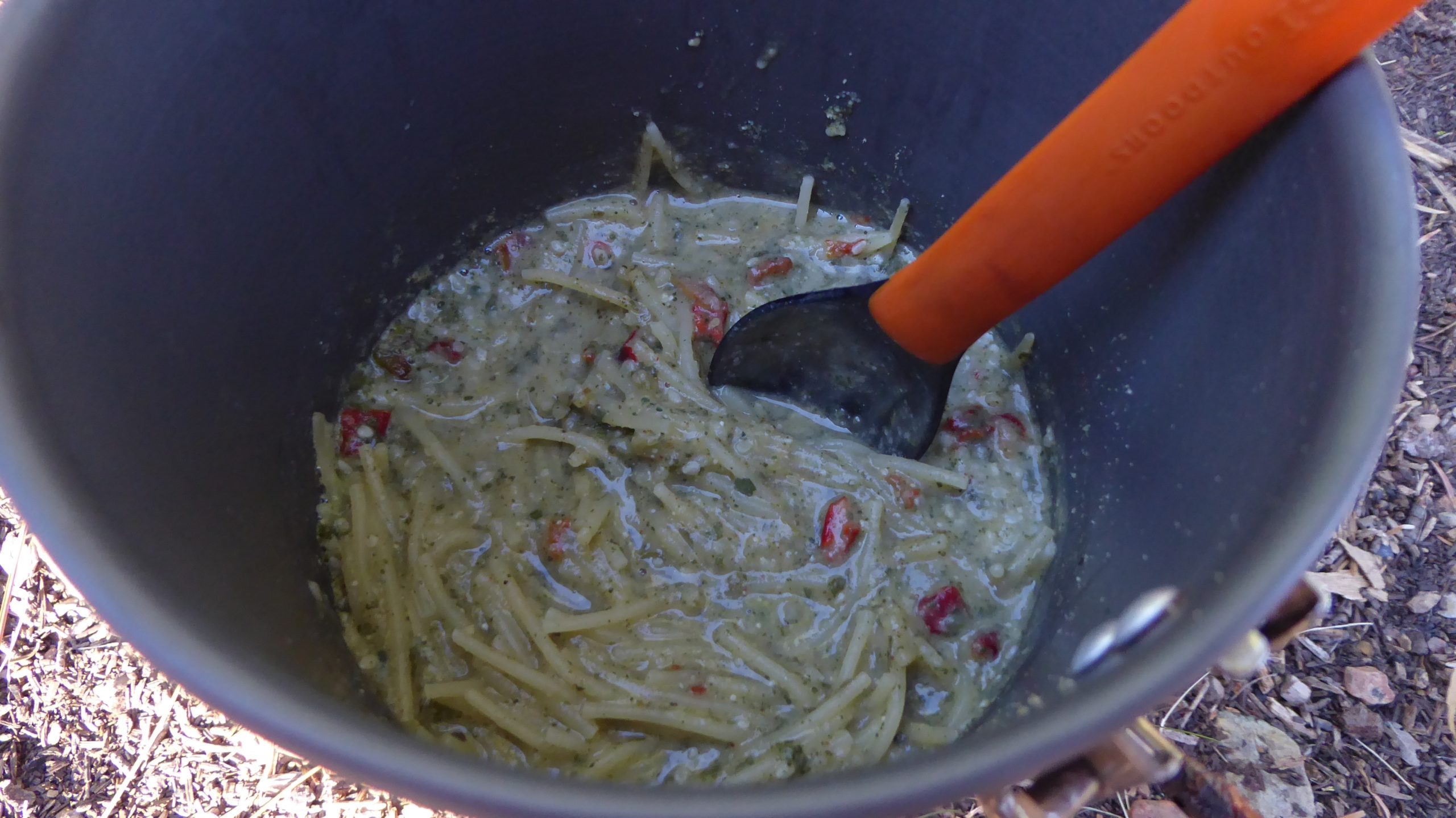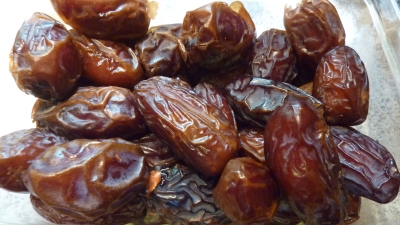Despite many Americans viewing the turkey as a Thanksgiving centerpiece food, the Turkey should earn more respect than this. In the spirit of the Thanksgiving holiday, we’d like to share a few fascinating facts about the Wild Turkey
Random
Hiking trails in the United States offer an abundance of edible berries that are great for raw snacking. They add fiber, vitamin C, and antioxidants to your trail diet. Blueberries, blackberries, huckleberries, mulberries, raspberries, and strawberries are just a few examples of the delicious and nutritious berries you may encounter. If you’d like to try foraging wild berries, here’s what you need to know about identifying them, when they typically ripen, and where you’ll most likely find them. Blackberries Blackberries are easy to spot because the fruit is aggregated, meaning each berry contains a cluster of tiny round berries. Blackberries […]
When your fingers and toes become frosty after trekking through a day of sloshy, snow-covered ground, nothing sounds better than digging into a hot meal next to a toasty campfire. Yet, winter conditions often make it problematic for making a fire. That soggy kindling just isn’t going to fuel a fire. Your next best option? Pitch the tent before the evening light fades to darkness and snuggle up with a piping-hot pouch of soup! Chase that soup with a side of hot cocoa or apple cider, and your spirits will soar. Here are a few reasons why soup makes the […]
Do noodles or pasta need to be cooked at all? Here we discuss which types of pasta “cook” in cold water, without a stove.
Dates not only satisfy your sweet tooth, but also replenish you with energy nearly instantly after eating, making them an excellent snack for hikers.



